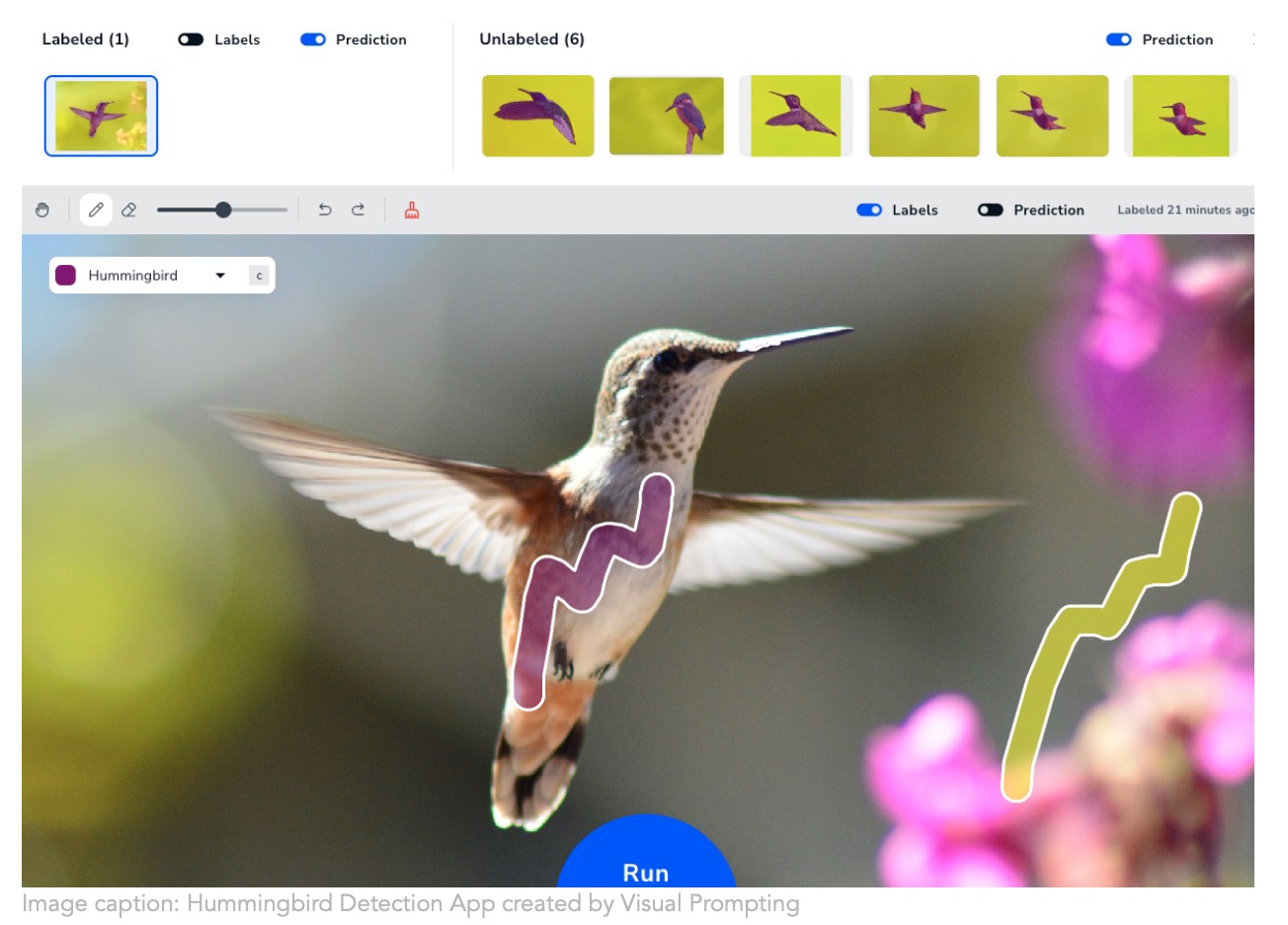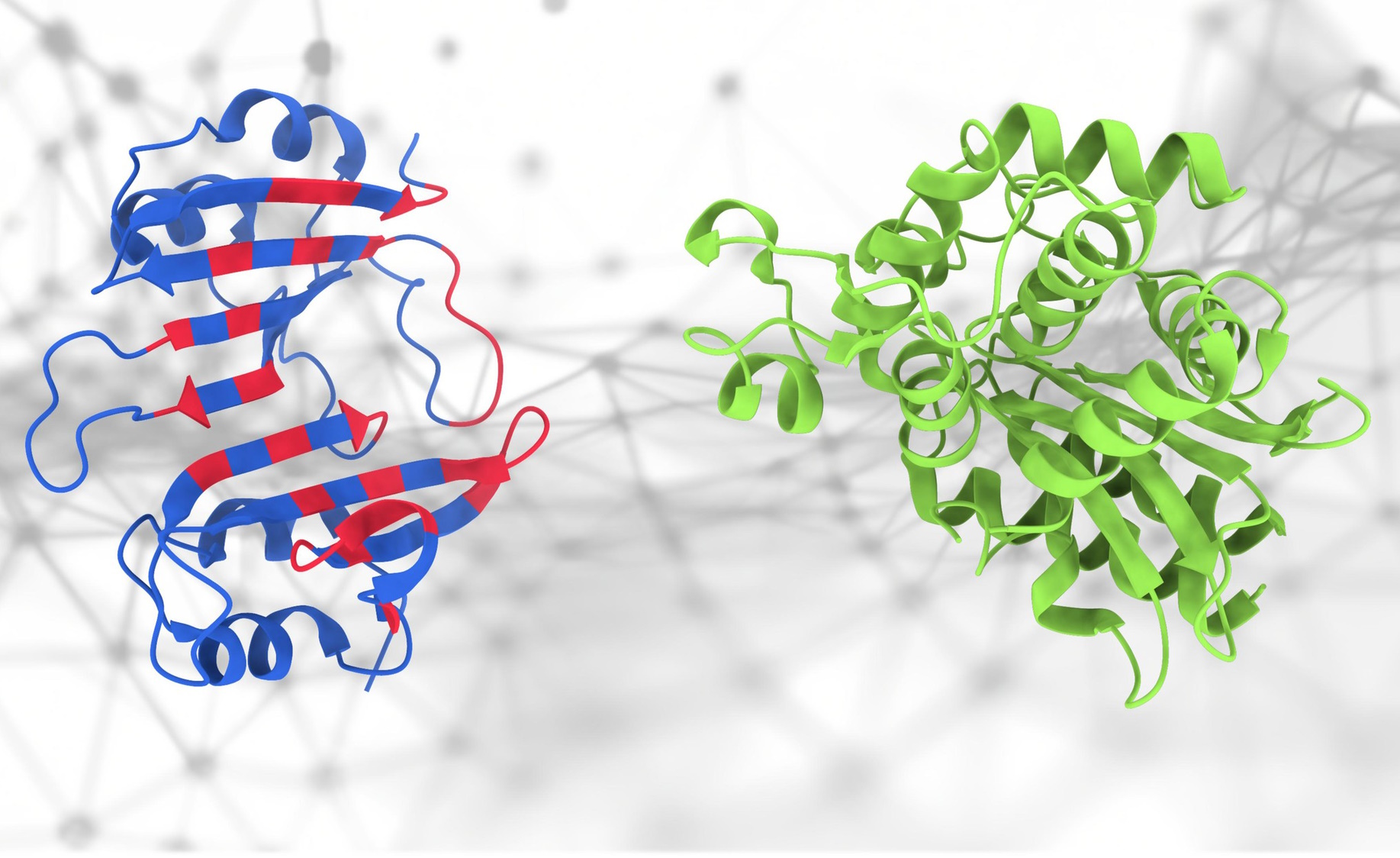The week in AI: Google goes all out at I/O as rules creep up
[ad_1]
Maintaining with an trade as fast-moving as AI is a tall order. So till an AI can do it for you, right here’s a useful roundup of the final week’s tales on this planet of machine studying, together with notable analysis and experiments we didn’t cowl on their very own.
This week, Google dominated the AI information cycle with a variety of recent merchandise that launched at its annual I/O developer convention. They run the gamut from a code-generating AI meant to compete with GitHub’s Copilot to an AI music generator that turns text prompts into short songs.
A good variety of these instruments look to be official labor savers — greater than advertising fluff, that’s to say. I’m significantly intrigued by Project Tailwind, a note-taking app that leverages AI to arrange, summarize and analyze information from a private Google Docs folder. However in addition they expose the restrictions and shortcomings of even the most effective AI applied sciences at this time.
Take PaLM 2, for instance, Google’s latest giant language mannequin (LLM). PaLM 2 will energy Google’s up to date Bard chat instrument, the corporate’s competitor to OpenAI’s ChatGPT, and performance as the inspiration mannequin for many of Google’s new AI options. However whereas PaLM 2 can write code, emails and extra, like comparable LLMs, it additionally responds to questions in poisonous and biased methods.
Google’s music generator, too, is pretty restricted in what it may well accomplish. As I wrote in my hands on, a lot of the songs I’ve created with MusicLM sound satisfactory at finest — and at worst like a four-year-old let free on a DAW.
There’s been a lot written about how AI will exchange jobs — doubtlessly the equal of 300 million full-time jobs, in accordance with a report by Goldman Sachs. In a survey by Harris, 40% of employees conversant in OpenAI’s AI-powered chatbot instrument, ChatGPT, are involved that it’ll exchange their jobs completely.
Google’s AI isn’t the end-all be-all. Certainly, the corporate’s arguably behind within the AI race. Nevertheless it’s an indisputable fact that Google employs some of the top AI researchers in the world. And if that is the most effective they will handle, it’s a testomony to the truth that AI is much from a solved drawback.
Listed here are the opposite AI headlines of word from the previous few days:
- Meta brings generative AI to ads: Meta this week introduced an AI sandbox, of types, for advertisers to assist them create different copies, background era by way of textual content prompts and picture cropping for Fb or Instagram advertisements. The corporate mentioned that the options can be found to pick out advertisers in the mean time and can increase entry to extra advertisers in July.
- Added context: Anthropic has expanded the context window for Claude — its flagship text-generating AI mannequin, nonetheless in preview — from 9,000 tokens to 100,000 tokens. Context window refers back to the textual content the mannequin considers earlier than producing further textual content, whereas tokens symbolize uncooked textual content (e.g., the phrase “improbable” could be break up into the tokens “fan,” “tas” and “tic”). Traditionally and even at this time, poor reminiscence has been an obstacle to the usefulness of text-generating AI. However bigger context home windows may change that.
- Anthropic touts ‘constitutional AI’: Bigger context home windows aren’t the Anthropic fashions’ solely differentiator. The corporate this week detailed “constitutional AI,” its in-house AI coaching method that goals to imbue AI methods with “values” outlined by a “structure.” In distinction to different approaches, Anthropic argues that constitutional AI makes the habits of methods each simpler to grasp and easier to regulate as wanted.
- An LLM built for research: The nonprofit Allen Institute for AI Analysis (AI2) introduced that it plans to coach a research-focused LLM known as Open Language Mannequin, including to the big and rising open supply library. AI2 sees Open Language Mannequin, or OLMo for brief, as a platform and never only a mannequin — one which’ll permit the analysis neighborhood to take every element AI2 creates and both use it themselves or search to enhance it.
- New fund for AI: In different AI2 information, AI2 Incubator, the nonprofit’s AI startup fund, is revving up once more at 3 times its earlier measurement — $30 million versus $10 million. Twenty-one firms have handed by way of the incubator since 2017, attracting some $160 million in additional funding and at the very least one main acquisition: XNOR, an AI acceleration and effectivity outfit that was subsequently snapped up by Apple for around $200 million.
- EU intros rules for generative AI: In a collection of votes within the European Parliament, MEPs this week backed a raft of amendments to the bloc’s draft AI laws — together with deciding on necessities for the so-called foundational fashions that underpin generative AI technologies like OpenAI’s ChatGPT. The amendments put the onus on suppliers of foundational fashions to use security checks, knowledge governance measures and threat mitigations previous to placing their fashions available on the market
- A universal translator: Google is testing a strong new translation service that redubs video in a brand new language whereas additionally synchronizing the speaker’s lips with phrases they by no means spoke. It could possibly be very helpful for lots of causes, however the firm was upfront about the opportunity of abuse and the steps taken to stop it.
- Automated explanations: It’s typically mentioned that LLMs alongside the strains of OpenAI’s ChatGPT are a black field, and definitely, there’s some fact to that. In an effort to peel again their layers, OpenAI is developing a instrument to routinely determine which elements of an LLM are accountable for which of its behaviors. The engineers behind it stress that it’s within the early levels, however the code to run it’s out there in open supply on GitHub as of this week.
- IBM launches new AI services: At its annual Suppose convention, IBM introduced IBM Watsonx, a brand new platform that delivers instruments to construct AI fashions and supply entry to pretrained fashions for producing pc code, textual content and extra. The corporate says the launch was motivated by the challenges many companies nonetheless expertise in deploying AI inside the office.
Different machine learnings

Picture Credit: Touchdown AI
Andrew Ng’s new firm Landing AI is taking a extra intuitive method to creating pc imaginative and prescient coaching. Making a mannequin perceive what you need to determine in photos is fairly painstaking, however their “visual prompting” technique enables you to simply make a couple of brush strokes and it figures out your intent from there. Anybody who has to construct segmentation fashions is saying “my god, lastly!” In all probability lots of grad college students who at present spend hours masking organelles and family objects.
Microsoft has utilized diffusion models in a unique and interesting way, basically utilizing them to generate an motion vector as an alternative of a picture, having educated it on a lot of noticed human actions. It’s nonetheless very early and diffusion isn’t the apparent resolution for this, however as they’re steady and versatile, it’s fascinating to see how they are often utilized past purely visible duties. Their paper is being introduced at ICLR later this yr.

Picture Credit: Meta
Meta can also be pushing the perimeters of AI with ImageBind, which it claims is the primary mannequin that may course of and combine knowledge from six totally different modalities: photos and video, audio, 3D depth knowledge, thermal information, and movement or positional knowledge. Because of this in its little machine studying embedding area, a picture is likely to be related to a sound, a 3D form, and varied textual content descriptions, any one among which could possibly be requested about or used to decide. It’s a step in the direction of “normal” AI in that it absorbs and associates knowledge extra just like the mind — but it surely’s nonetheless primary and experimental, so don’t get too excited simply but.

If these proteins contact… what occurs?
Everybody acquired enthusiastic about AlphaFold, and for good purpose, however actually construction is only one small a part of the very complicated science of proteomics. It’s how these proteins work together that’s each essential and troublesome to foretell — however this new PeSTo model from EPFL makes an attempt to just do that. “It focuses on vital atoms and interactions inside the protein construction,” mentioned lead developer Lucien Krapp. “It signifies that this technique successfully captures the complicated interactions inside protein buildings to allow an correct prediction of protein binding interfaces.” Even when it isn’t actual or 100% dependable, not having to start out from scratch is tremendous helpful for researchers.
The feds are going large on AI. The President even dropped in on a meeting with a bunch of top AI CEOs to say how essential getting this proper is. Perhaps a bunch of firms aren’t essentially the suitable ones to ask, however they’ll at the very least have some concepts value contemplating. However they have already got lobbyists, proper?
I’m extra excited concerning the new AI research centers popping up with federal funding. Fundamental analysis is vastly wanted to counterbalance the product-focused work being finished by the likes of OpenAI and Google — so when you’ve got AI facilities with mandates to research issues like social science (at CMU), or local weather change and agriculture (at U of Minnesota), it appears like inexperienced fields (each figuratively and actually). Although I additionally need to give just a little shout out to this Meta research on forestry measurement.

Doing AI collectively on a giant display — it’s science!
A lot of fascinating conversations on the market about AI. I assumed this interview with UCLA (my alma mater, go Bruins) academics Jacob Foster and Danny Snelson was an fascinating one. Right here’s an ideal thought on LLMs to faux you got here up with this weekend when persons are speaking about AI:
These methods reveal simply how formally constant most writing is. The extra generic the codecs that these predictive fashions simulate, the extra profitable they’re. These developments push us to acknowledge the normative features of our types and doubtlessly rework them. After the introduction of pictures, which is superb at capturing a representational area, the painterly milieu developed Impressionism, a method that rejected correct illustration altogether to linger with the materiality of paint itself.
Undoubtedly utilizing that!
[ad_2]
Source link